Home>Furniture>Outdoor Furniture>How To Figure Linear Feet For Decking
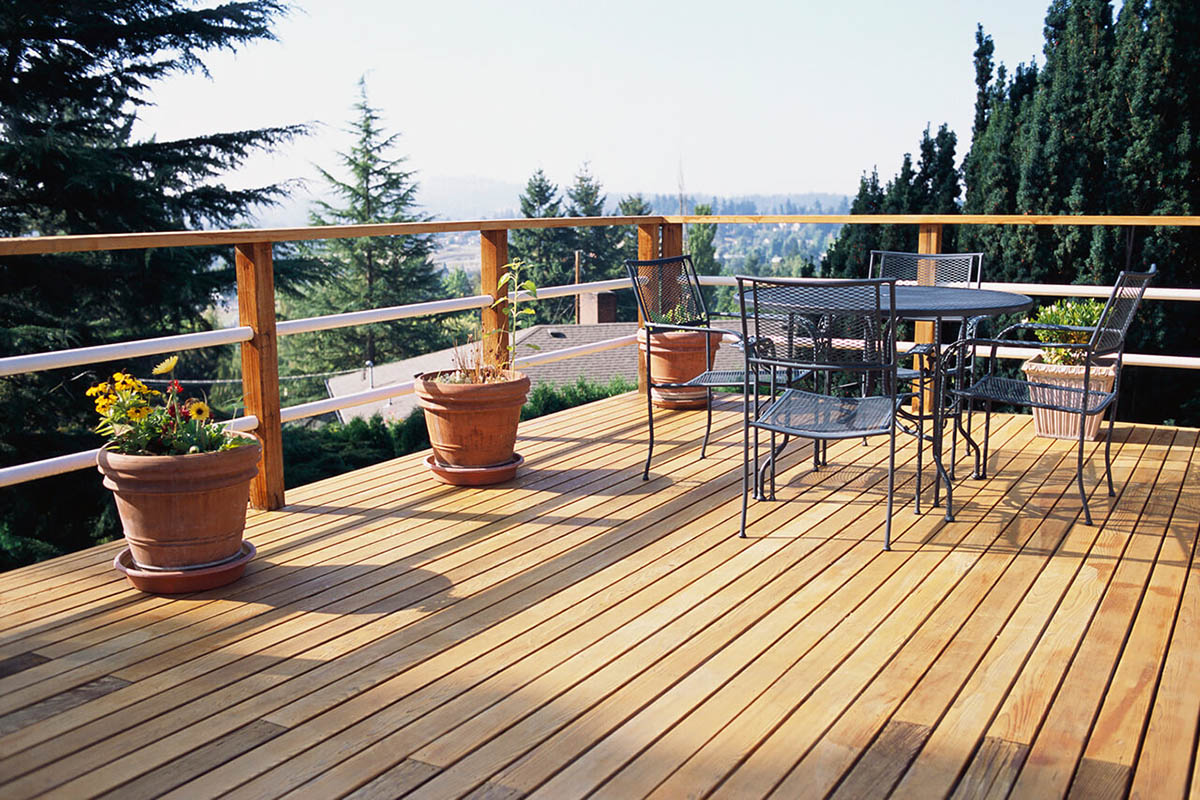

Outdoor Furniture
How To Figure Linear Feet For Decking
Modified: March 15, 2024
Learn how to calculate linear feet required for your decking project. Create a stunning outdoor space with the right amount of outdoor furniture.
(Many of the links in this article redirect to a specific reviewed product. Your purchase of these products through affiliate links helps to generate commission for Storables.com, at no extra cost. Learn more)
Introduction
Welcome to our comprehensive guide on how to figure out the linear feet needed for your decking project. Whether you are planning to build a deck for your backyard or replace the existing one, knowing how to calculate the linear feet of decking boards is crucial for an accurate estimation of materials and cost. By understanding this measurement, you can ensure that you purchase the right amount of decking boards and minimize waste.
Linear feet refer to the measurement of length in a straight line. It is different from square footage, which measures the total area of a surface. Calculating linear feet for decking involves determining the total length of boards needed to cover the desired area.
This guide will walk you through the step-by-step process of calculating linear feet for decking. We will explain how to determine the decking width, calculate the linear feet per board, and finally, determine the total linear feet required for your project. So, let’s get started and make your decking dreams a reality!
Key Takeaways:
- Calculating linear feet for decking involves measuring the width, determining the linear feet per board, and multiplying to find the total linear feet required. This ensures accurate material estimation for your decking project.
- Understanding linear feet is crucial for purchasing the right amount of decking boards and minimizing waste. Accurate measurements and calculations lead to a smooth and efficient decking installation process.
Read more: How Much Is 200 Linear Feet Of Gutters
Understanding Linear Feet
Before we delve into the calculations, let’s have a clear understanding of what linear feet mean in the context of decking. Linear feet, often abbreviated as “LF,” is a measurement used to determine the length or distance in a straight line. It is commonly used in construction and is particularly relevant when estimating materials for projects like decking.
When it comes to decking, linear feet is used to measure the length of boards needed to cover a specific area. It is important to note that linear feet does not account for the width or thickness of the boards. Instead, it focuses solely on the linear distance the boards would span.
For example, if you have a deck that is 10 feet wide and you want to cover it with decking boards, you would need to calculate the linear feet required to span the 10-foot width. This measurement would inform you of the total length of boards needed to cover the entire width of the deck.
Understanding linear feet is essential for accurately estimating the amount of decking material required for your project. By knowing the linear footage, you can ensure that you purchase enough boards to cover the desired area without any unnecessary wastage.
Now that we have established what linear feet means in the context of decking, let’s move on to the calculations involved in determining the linear feet needed for your decking project.
Calculating Linear Feet for Decking
Calculating the linear feet for your decking project involves a straightforward process that requires a few measurements and simple calculations. By following these steps, you can accurately determine the amount of decking material needed.
Step 1: Determine the Decking Width
The first step is to determine the width of your decking area. Measure the width of the space where you plan to install the decking boards. This measurement will serve as the basis for calculating the linear feet.
Step 2: Calculate the Linear Feet of One Board
Next, you need to calculate the linear feet per board. To do this, you’ll need to know the width of the decking boards you plan to use. Standard decking boards usually have a width of 6 inches, which is equivalent to 0.5 feet. However, if you’re using different width boards, make sure to adjust the calculation accordingly.
To calculate the linear feet per board, divide the width of the board in feet by 1. For example, if your decking boards have a width of 0.5 feet, the linear feet per board would be 0.5 feet.
Step 3: Determine the Total Linear Feet Required
Now that you know the linear feet per board, multiply this value by the width of your decking area (from Step 1). The result will be the total linear feet needed to cover the width of your deck.
For instance, if your decking area is 10 feet wide and each board has a linear footage of 0.5 feet, multiply 10 by 0.5 to get the total linear feet required. In this case, you would need 5 linear feet of decking boards to cover the width of your deck.
Repeat this calculation for the length of your deck, and you will have the total linear feet required for your decking project. Remember to add an extra allowance for any gaps or waste.
By following this step-by-step process, you can accurately calculate the linear feet needed for your decking project. This will help you purchase the correct amount of decking material, ensuring a smooth and efficient installation process.
Now that you know how to calculate the linear feet for decking, you can confidently plan your project and move forward with the installation process. Happy decking!
Step 1: Determine the Decking Width
In this step, you will need to determine the width of your decking area. The width refers to the horizontal measurement of the space where you plan to install the decking boards.
To measure the width accurately, start by identifying the boundaries of your desired decking area. This could be the perimeter of an existing deck or the dimensions of a new deck you’re planning to build. Use a measuring tape or a long ruler to measure the distance between these boundaries.
Ensure that you measure the width at multiple points to account for any variations. Sometimes, the width may change due to the shape of your deck or any obstructions such as posts or pillars. Take note of the smallest measurement obtained as it represents the narrowest part of your decking area.
Write down the width measurement in feet. This measurement will serve as the basis for calculating the linear feet needed for your decking project.
For example, if your deck has a width of 12 feet, you will use this value in the subsequent steps to determine the total linear feet required for the installation of the decking boards.
Keep in mind that accuracy is crucial at this stage, as it will impact the overall estimation of materials and costs. Take the time to measure the width correctly to avoid any errors or miscalculations later in the process.
Once you have determined the width of your decking area, you can proceed to the next step, which involves calculating the linear feet per board. This calculation will help you determine how many boards you need to cover the width of your deck and move one step closer to completing your decking project.
Step 2: Calculate the Linear Feet of One Board
In this step, you will calculate the linear feet per board, which is crucial for determining the total linear feet required for your decking project. The linear feet per board represents the distance that one board will cover horizontally.
Start by identifying the width of the decking boards you plan to use. Standard decking boards typically have a width of 6 inches, which is equivalent to 0.5 feet. However, if you are using different width boards, make sure to adjust the calculation accordingly.
To calculate the linear feet per board, simply divide the width of the board in feet by 1. For example, if you are using decking boards with a width of 0.5 feet, the linear feet per board would be 0.5 feet.
This calculation is essential because it helps you determine how many boards are needed to cover the width of your decking area. By knowing the linear feet per board, you can estimate the number of boards required for your project and ensure you have enough material to complete the installation.
It’s important to note that the linear feet per board only accounts for the horizontal distance the boards will cover. It does not include the length of the boards, as this measurement will vary based on your specific decking area.
By calculating the linear feet per board, you are one step closer to accurately estimating the materials needed for your decking project. This information will be useful in the final step, where you will determine the total linear feet required based on the width of your deck.
Now that you have calculated the linear feet of one board, you are ready to move on to the next step, where you will determine the total linear feet required for your decking installation.
To figure linear feet for decking, measure the length of each board and add them together. Divide by the length of one board to get the total linear feet needed.
Step 3: Determine the Total Linear Feet Required
In this final step, you will determine the total linear feet required for your decking project. By following this step, you can ensure you have enough decking boards to cover the entire width of your deck.
To calculate the total linear feet required, you will multiply the linear feet per board (calculated in step 2) by the width of your decking area (determined in step 1).
Let’s use an example to illustrate this calculation. Suppose your decking area has a width of 10 feet, and each board covers a linear feet distance of 0.5 feet.
Multiply the linear feet per board (0.5 feet) by the width of your decking area (10 feet). The result will give you the total linear feet required to cover the width of your deck.
In this example, the calculation would be: 0.5 feet (linear feet per board) multiplied by 10 feet (width of decking area) equals 5 linear feet.
Therefore, you would need a total of 5 linear feet of decking boards to cover the width of your deck.
Repeat this calculation for the length of your deck, using the same linear footage per board. Sum the total linear feet required for the width and length to determine the overall linear feet needed for your decking project.
It is important to consider any additional factors or adjustments when calculating the total linear feet required. Account for any gaps you may want to leave between the boards or any areas that won’t require decking coverage, such as stairs or railings.
By determining the total linear feet required, you can accurately estimate the amount of decking material needed for your project. This will ensure a smooth installation process and minimize any potential material waste.
Now that you have determined the total linear feet required, you can confidently proceed with purchasing the right amount of decking boards and bring your decking project to life!
Read more: How To Figure Square Footage Of A Roof
Conclusion
Calculating the linear feet required for your decking project is a crucial step in ensuring that you have the right amount of materials and a smooth installation process. By accurately determining the linear feet, you can avoid unnecessary waste and ensure that you have enough decking boards to cover your desired area.
In this guide, we have provided you with a step-by-step process for calculating linear feet for decking. By following these steps, you can confidently estimate the amount of decking material needed for your project.
First, you need to determine the width of your decking area. Measure the horizontal distance to get an accurate width measurement.
Next, calculate the linear feet per board by dividing the width of the decking boards in feet by 1. This value represents the linear distance that one board will cover.
Finally, determine the total linear feet required by multiplying the linear feet per board by the width of your decking area. Consider any additional factors, such as gaps between boards or areas that don’t require coverage, to ensure an accurate estimation.
By following these steps, you can confidently plan and purchase the right amount of decking material. This will save you time, money, and effort in the long run, as you won’t be left with excess materials or be short on supplies.
Remember to always double-check your measurements and take into account any variations in width or length throughout your decking area. Accuracy is key to achieving a successful decking project.
Now that you have a clear understanding of how to calculate the linear feet for decking, you are well-equipped to embark on your decking journey. Enjoy the process of transforming your outdoor space into a beautiful and functional area for relaxation and entertainment.
Happy decking!
Frequently Asked Questions about How To Figure Linear Feet For Decking
Was this page helpful?
At Storables.com, we guarantee accurate and reliable information. Our content, validated by Expert Board Contributors, is crafted following stringent Editorial Policies. We're committed to providing you with well-researched, expert-backed insights for all your informational needs.
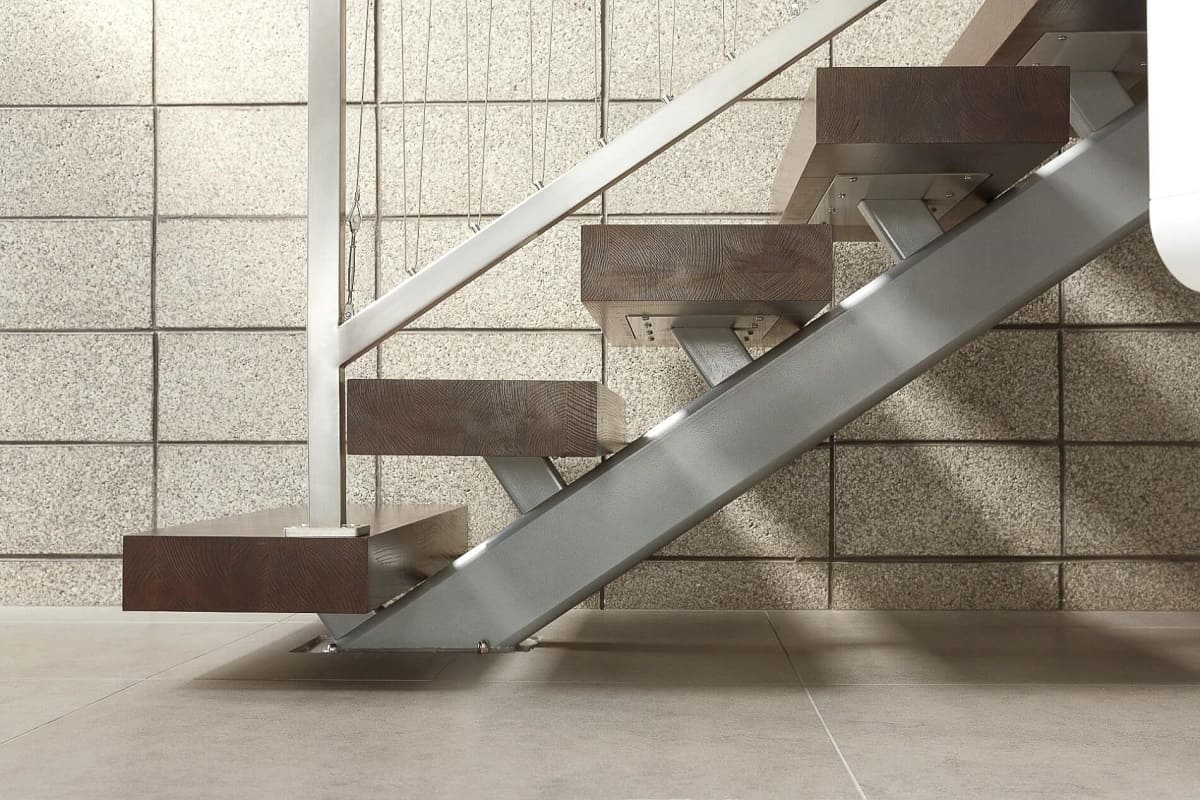


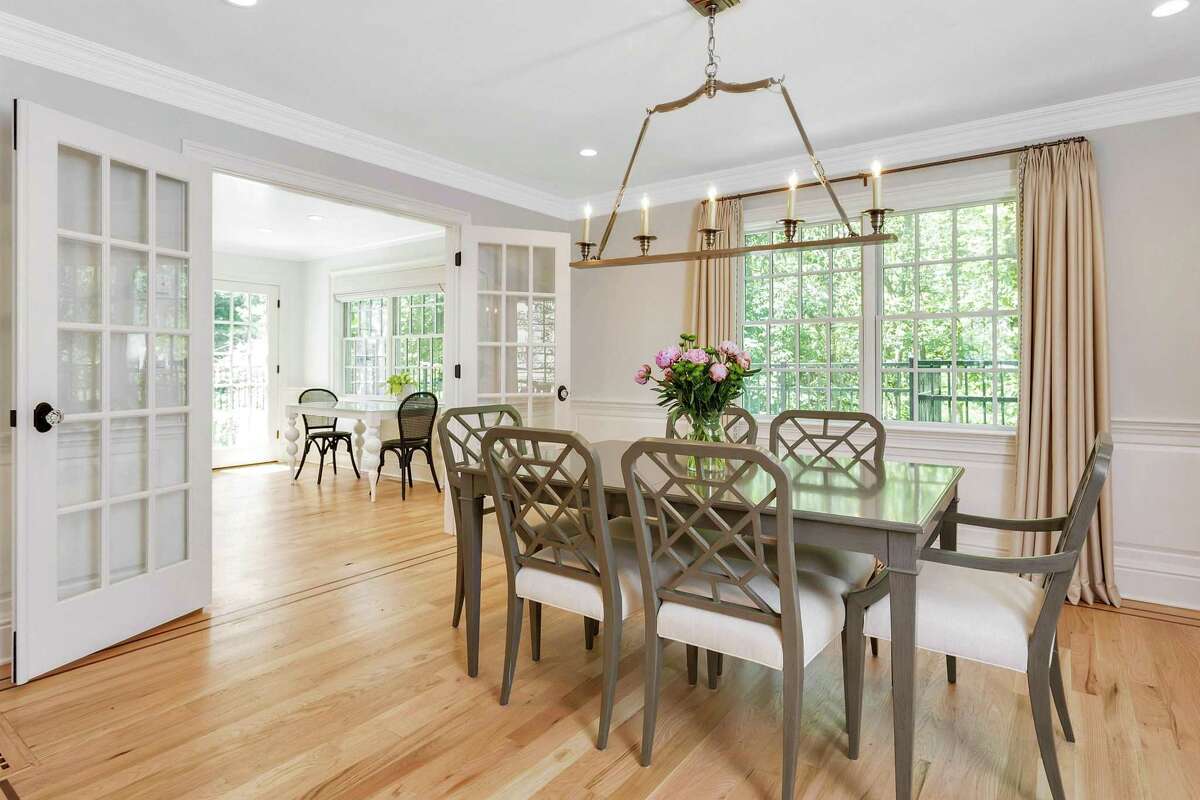
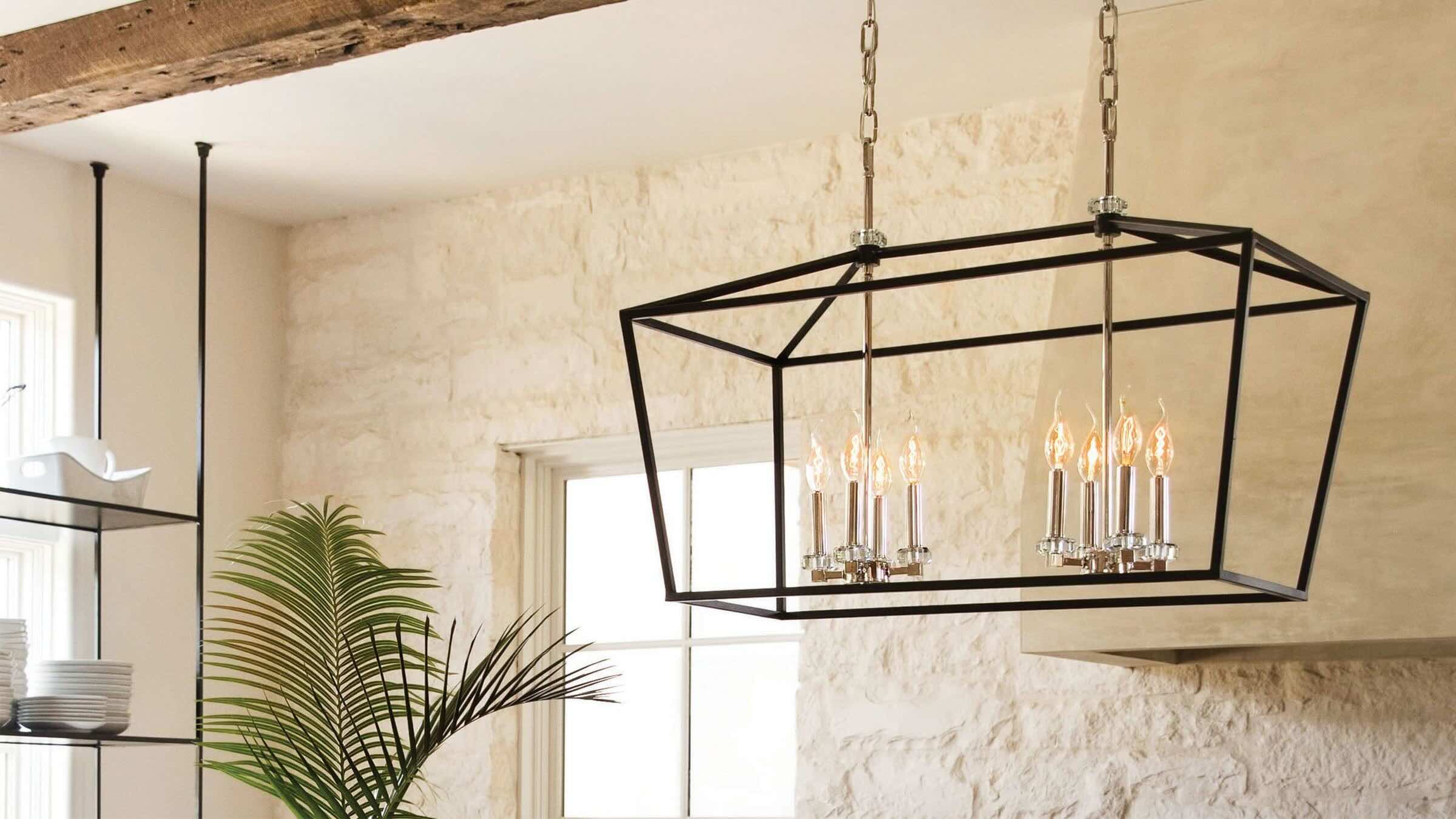
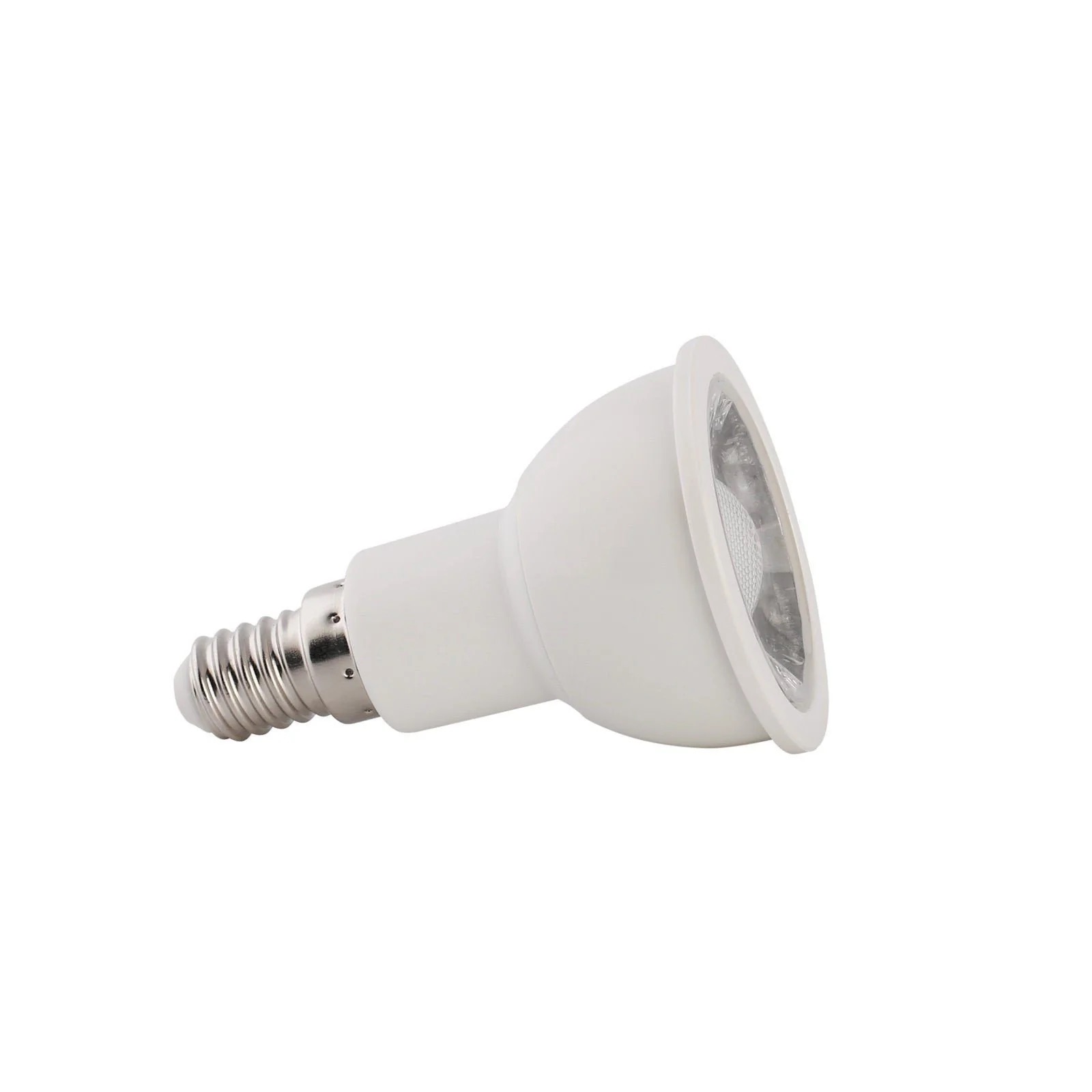


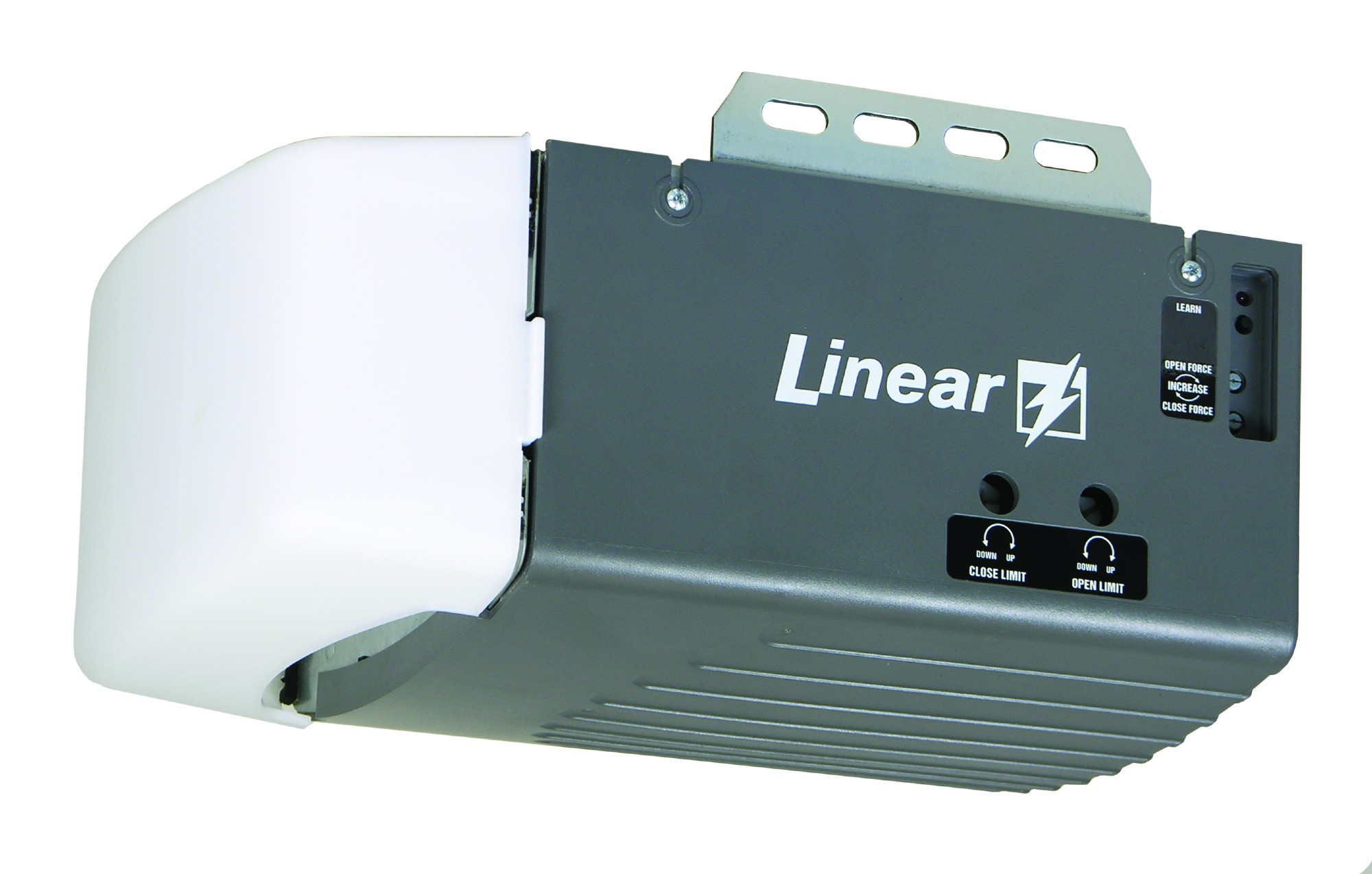
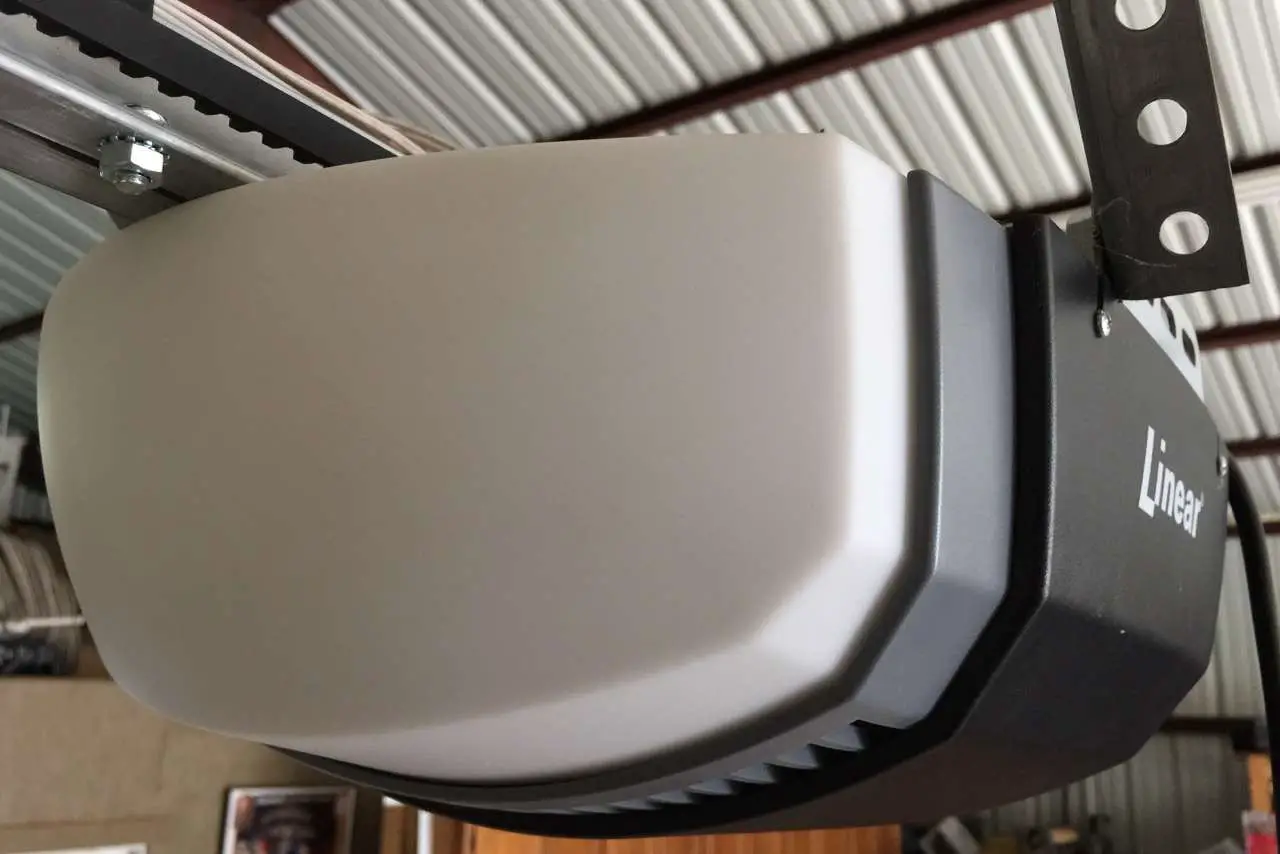


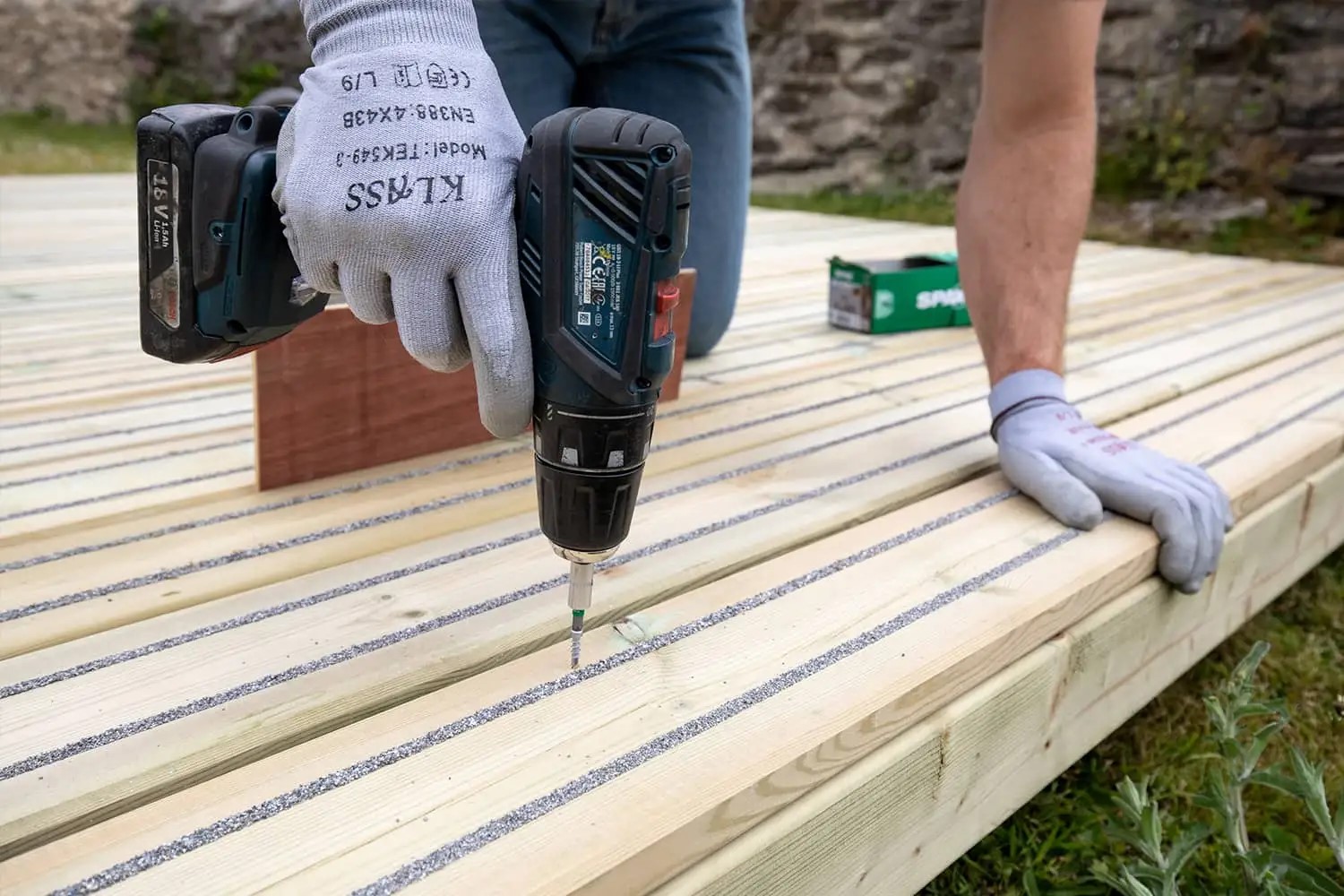

0 thoughts on “How To Figure Linear Feet For Decking”